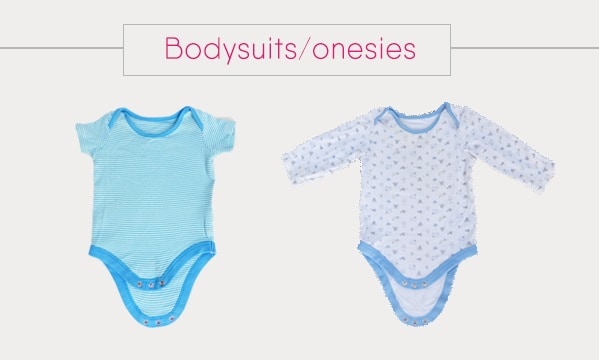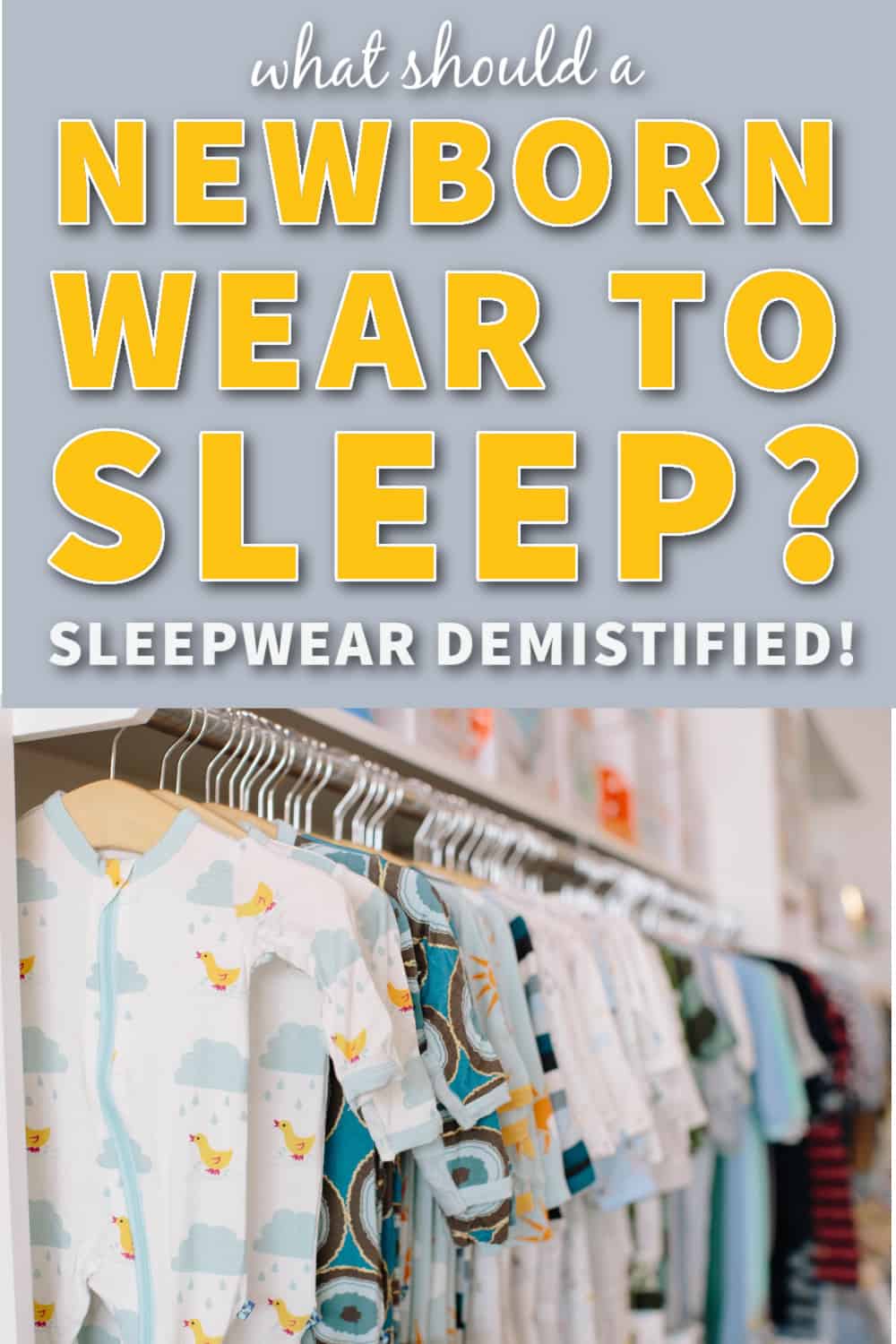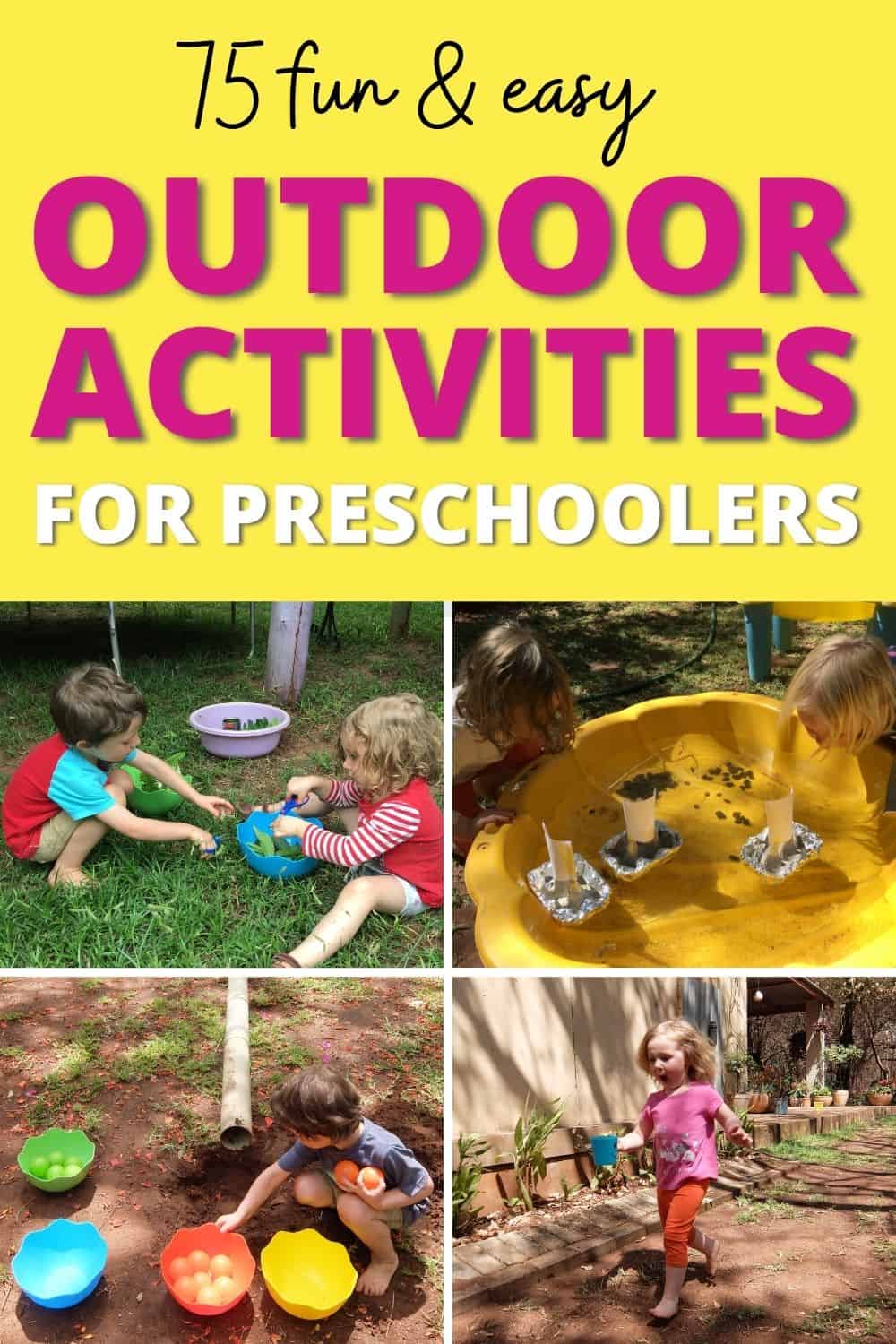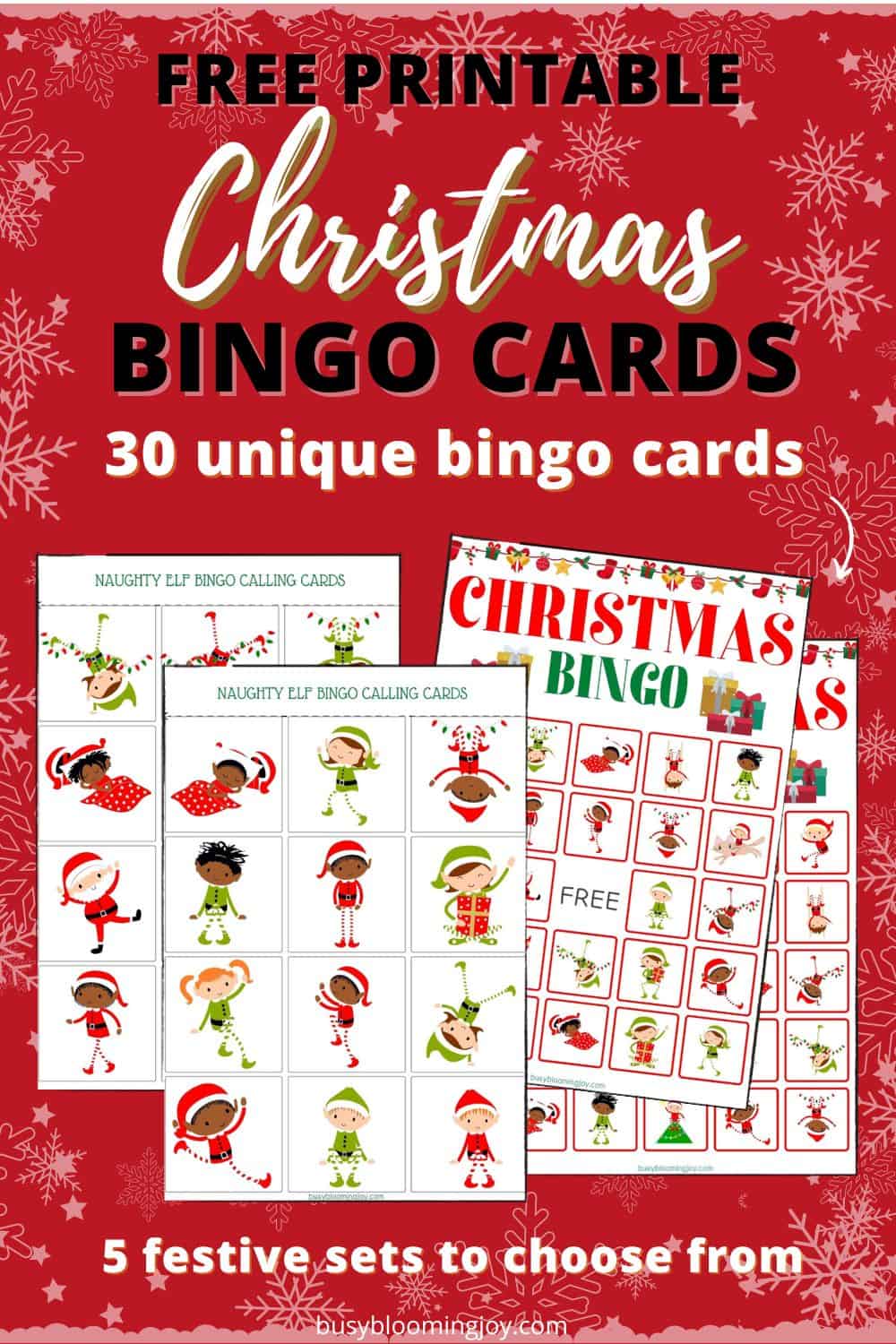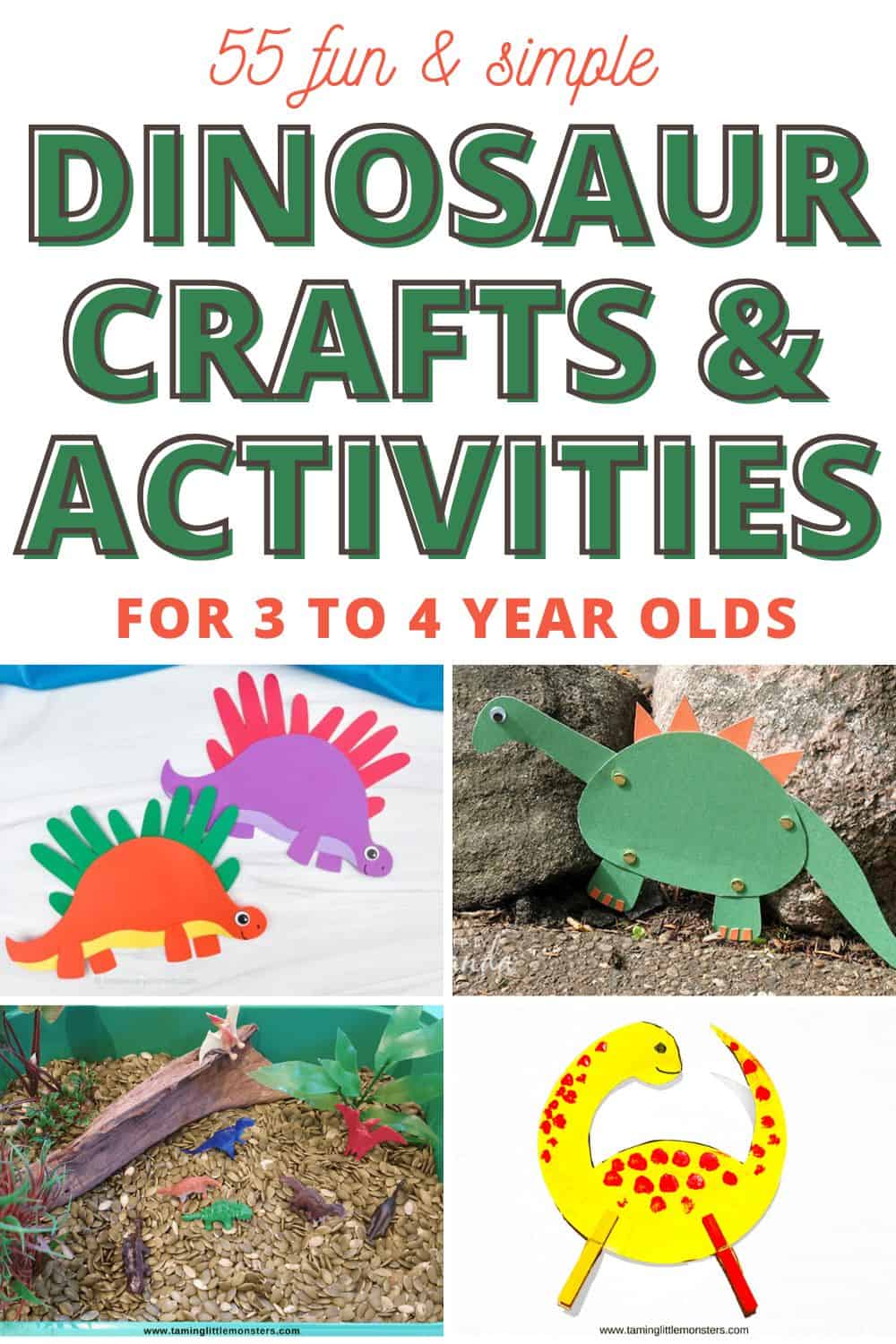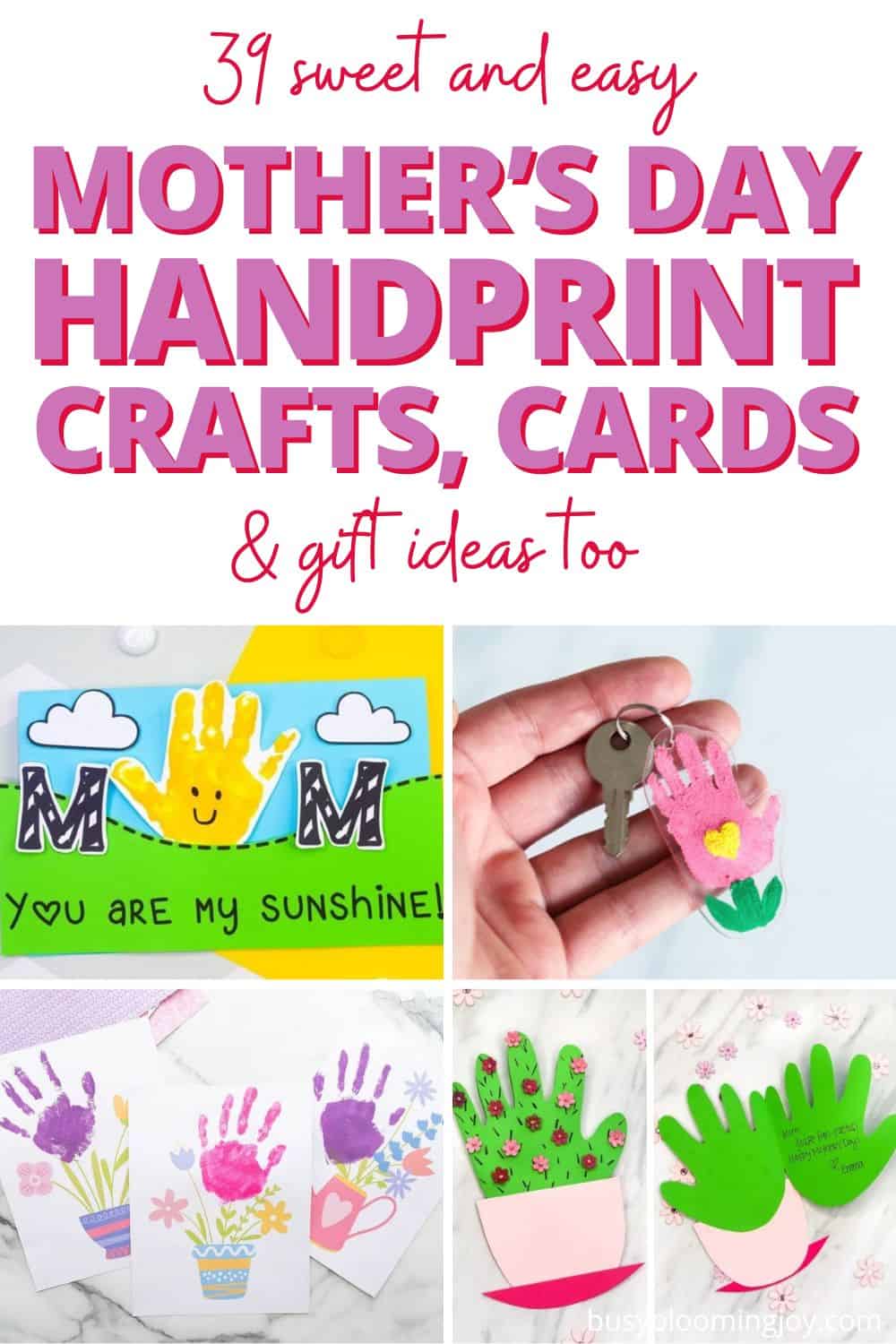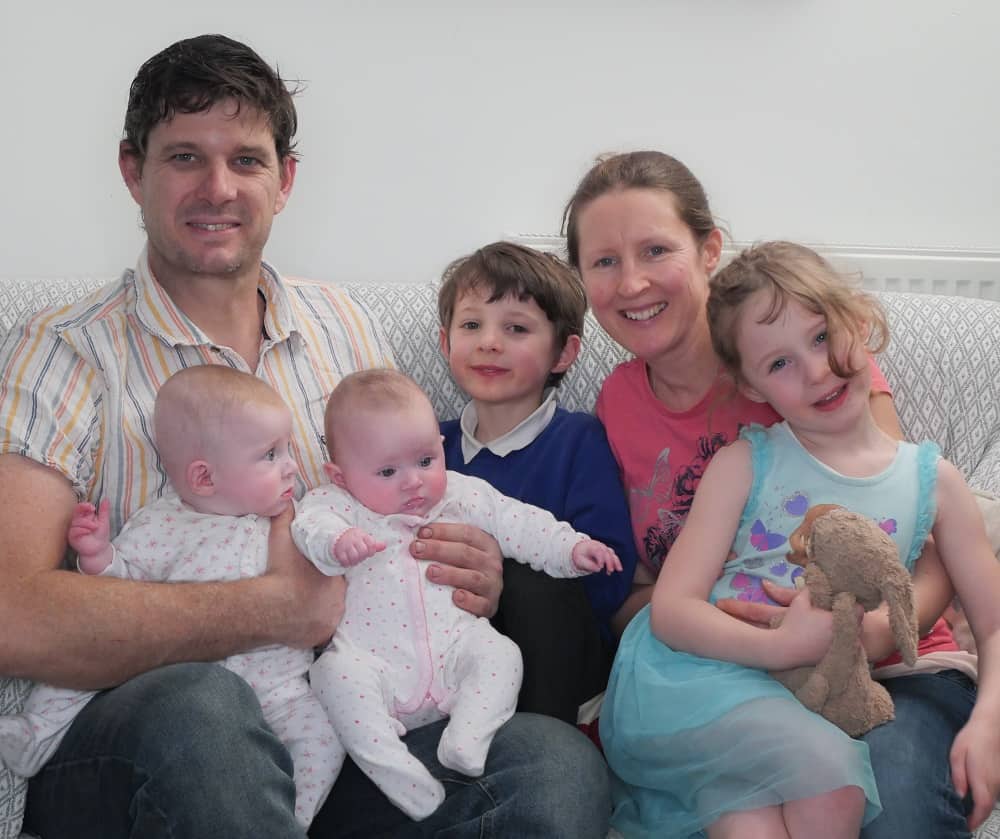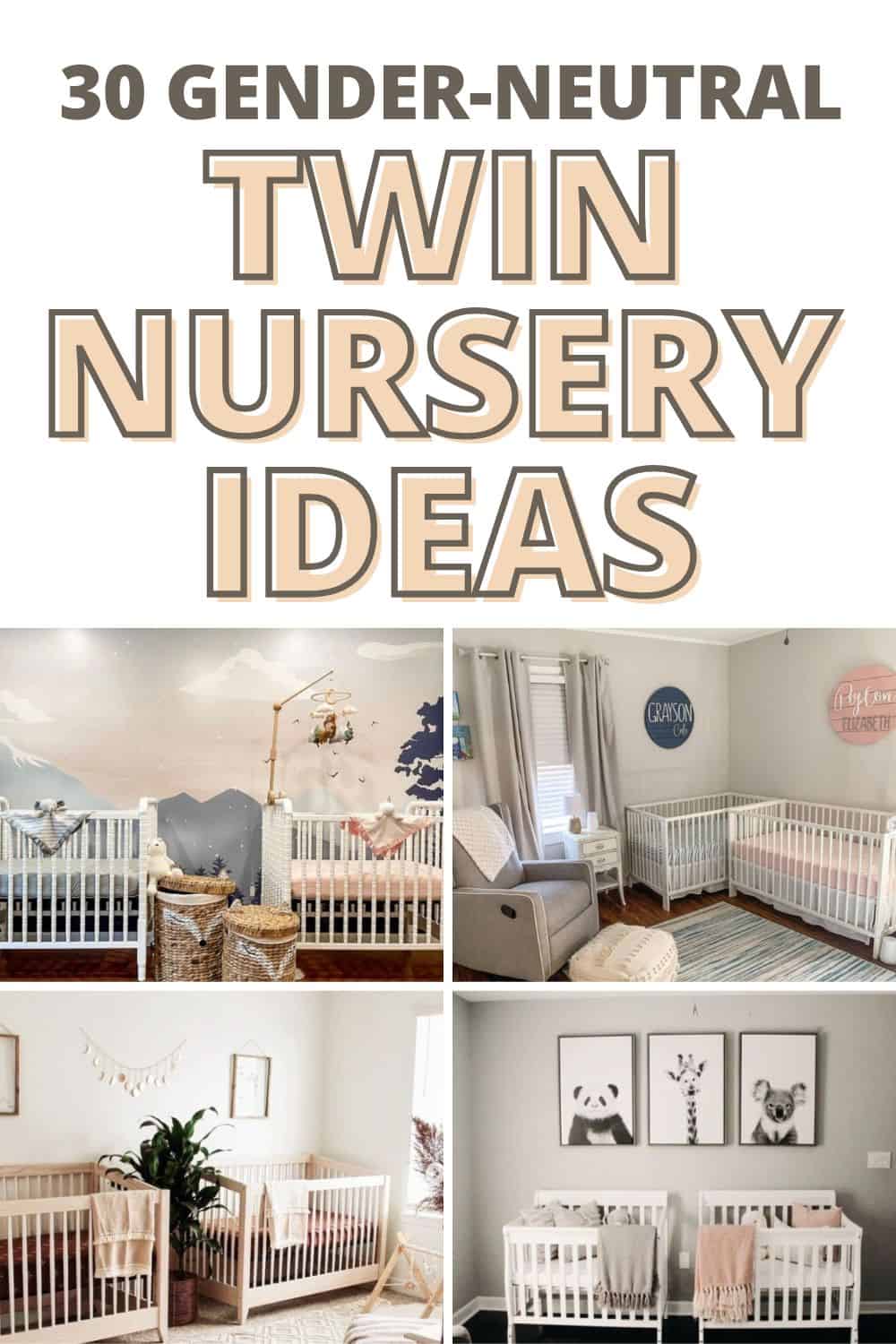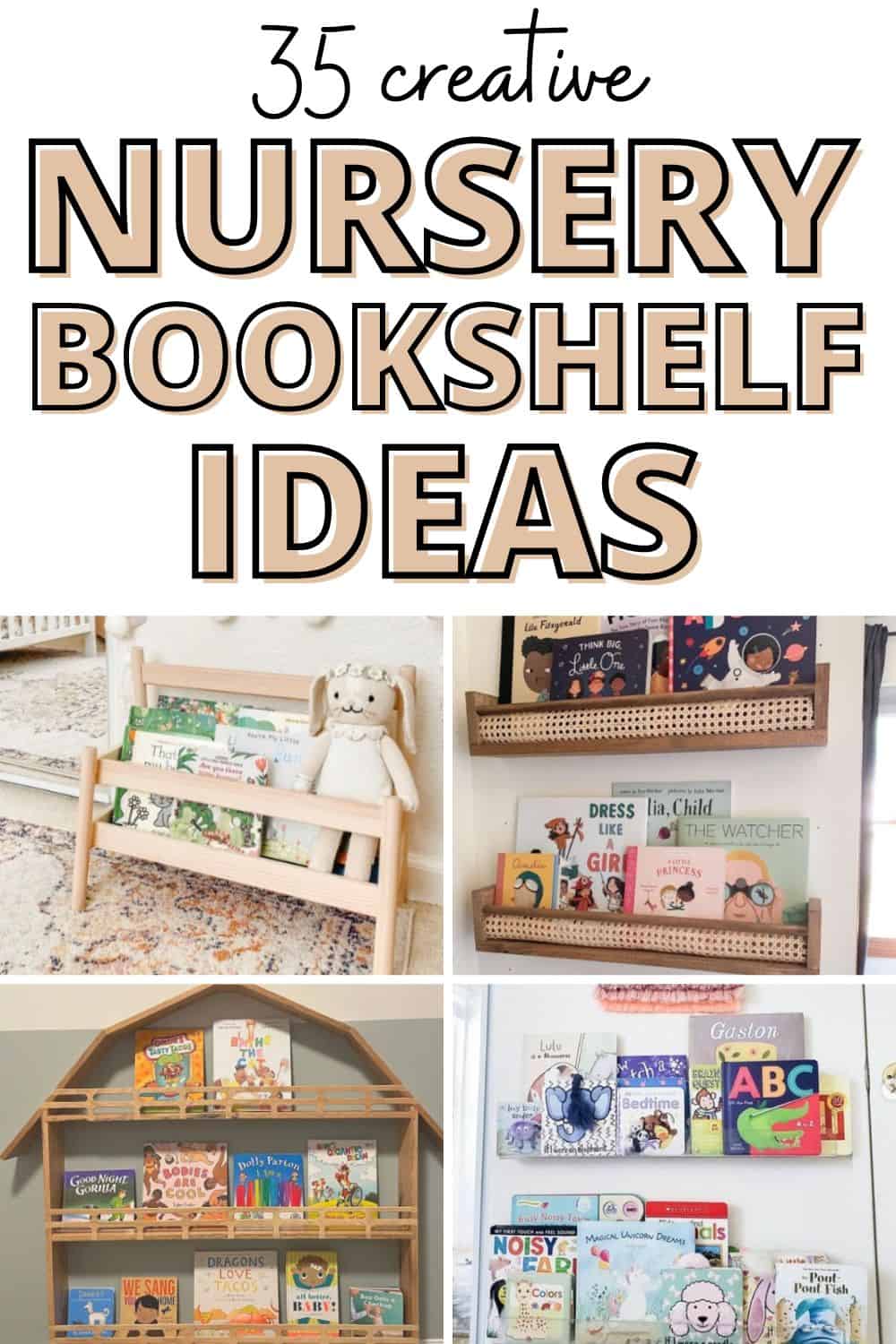What should a newborn wear to sleep in at night? Or in the day for that matter. Well there are just about a gazillion choices – all is revealed here.
To swaddle or not to swaddle? Pajamas, sleep sacks and wraps… oh my. What’s safe for baby to wear to bed? Who knew there were so many decisions to be made when choosing what a newborn should wear to sleep in?
Choosing the best option for your baby can help you get some much-coveted sleep. Don’t worry it’s really not as confusing as it sounds. I am here to help you navigate the sea of baby sleepwear so that your baby sleeps comfortably and you can sleep worry-free.
This post contains affiliate links. If you click on one and make a purchase, I may receive a commission at no extra cost to you.
Table of Contents
ToggleThings to consider when dressing your newborn for sleep:
There are four main considerations when it comes to what should baby wear to sleep:
- sleep safety
- comfort for sleeping
- practicality
- ambient room temperature
#1 Choosing what your newborn should sleep in at night & SLEEP SAFETY
Safe sleep is number one when it comes to baby sleepwear. Which is all about reducing the chance of SIDS. In case, you’re not familiar with ‘Safe To Sleep’ campaign, the focus is around three main areas:
- Avoid any chance of a breathing obstruction
- Avoid baby overheating
- Avoid bedsharing
- Keep baby close to you for the first 6 months
- Avoid exposure to cigarette smoke
When it comes to choosing what your newborn should sleep in a night, the first 2 are particularly relevant.
Avoiding the chance of a breathing obstruction
Newborns are much more at risk of suffocation, not only because they lack the coordination and strength to move obstructions out the way, but also because they have an immature hypoxic ventilatory response (HVR). This means that they have limited ability to breathe quicker when oxygen levels are reduced.
This is why the “back to sleep” guideline (putting baby on her back, rather than the side, or front) is the number 1 factor in reducing the incidence of SIDS.
But anything that might end up near baby’s face or nose is a big no-no. So this means:
- no extra blankets, soft toys in the cot with baby
- no cot bumper lining
- using a firm mattress, no pillow
- keep baby’s head uncovered
- ensure swaddle/blanket is no higher than shoulders
- positioning baby with feet at the cot base – so they cannot wriggle down and under the blankets
Avoiding baby overheating
Temperature and reducing the risk of overheating is a key factor in the choice of what baby should wear to sleep. Safe to sleep guidelines recommend to:
- keep room temperature 16 to 20 degrees Celcius if possible when baby is sleeping
- not to put a hat on baby when sleeping
- check baby is not too hot or cold by touching the back of baby’s neck or their tummy for sweatiness or clamminess (it’s normal for hands and feed to feel cold) – and adjust clothing as necessary
Avoiding bedsharing
This can be a really tricky one in the early days and even beyond when you’re all just desperate for some sleep, but bedsharing is a big no-no. This increases the risk of overheating (if you pull a well-wrapped up baby into the bed with you under the bedclothes) and the chance of a breathing obstruction – with both pillows and those bedclothes able to cover your baby without you realising.
So please banish all thoughts of your newborn sleeping in a babygro in bed with you under your duvet.
There are some general rules you should consider when dressing your baby for sleep. A good rule of thumb is to dress baby in one layer more than you are comfortable. Babies have a much larger surface area to volume ratio, plus their skin is a little thinner, meaning they don’t retain heat as well.
But you should consider other things as well including the room temperature, the way your baby is comfortable sleeping, and safety precautions.
#2 Choosing what your newborn should sleep in at night & COMFORT
Having sorted sleep safety, when it comes to what baby should wear to bed, comfort is next. Comfort means two things: comfort in fit and fabric as well as comfort in being calming, soothing and sleep-inducing.
The former is covered in a later section, this bit covers the latter.
Enter the swaddle.
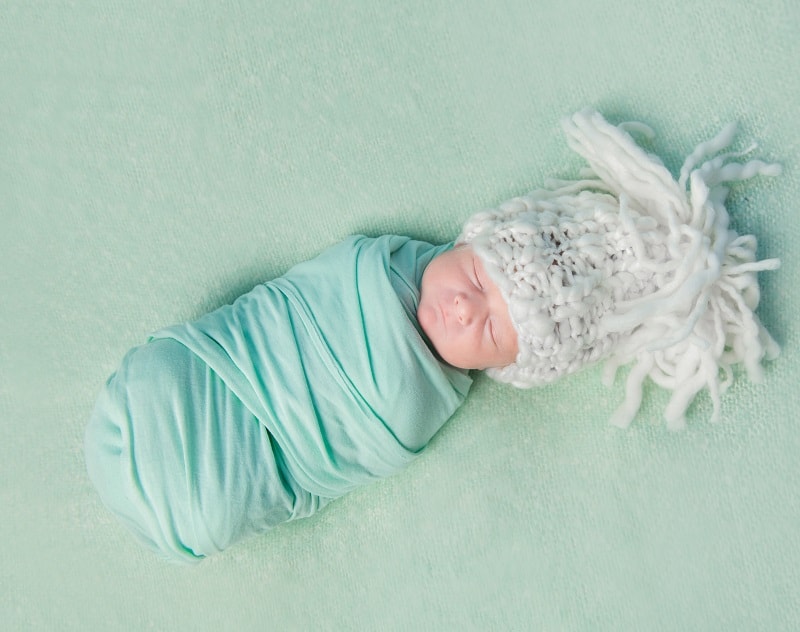
Dressing your newborn in a swaddle at night
Swaddling is the ultimate baby calmer; the tight hold of a correctly fitted swaddle mimics the close enfolds of the womb. Anything that mimics the womb will instantly calm and soothe your baby, aiding them to sleep.
You may find that your newborn is perfectly content to sleep in your arms, but the moment you lay her down she wakes up. This desire to be held and cuddled while asleep is not uncommon and again, a desire for the comfort experienced while in the womb. Correct swaddling provides a very similar deep pressure touch.
Related post: How to get your newborn to sleep in a bassinet instead of your arms so you can finally take a break!
In addition, swaddling prevents baby’s Moro reflex (sometimes called the startle reflex) from waking them, both in the day and at night. So this helps them sleep longer stretches at night and one of the top 10 sleep strategies for getting baby to sleep through the night.
What if my baby doesn’t like to be swaddled at night?
So you’ve heard about swaddling, you’ve given it a go with a swaddle blanket, you’ve bought an expensive done-for-you swaddle sack/wrap or two and the pesky thing won’t stay on.
Or you’re convinced your baby hates to be swaddled.
Chances are you haven’t quite got the hang of swaddling, your swaddle is too small (and therefore too easy to break free from) or not firm enough. And just because baby screams blue murder when she sees it coming, doesn’t mean it isn’t going to help calm, soothe once on.
You need to learn EXACTLY HOW to swaddle a newborn correctly
I was all fingers and thumbs when I first started to swaddle – yet the midwives made it look so easy! Well, finally I figured it out, in part due to the discovery of an extremely simple and effective method (that even my husband mastered in a matter of minutes).
This method is shared, along with 2 others, in our free swaddle course, with step-by-step video tutorials and printables plus a bunch of tips and tricks to keep those mini-Houdinis wrapped and asleep.
#3 Choosing what your newborn should sleep in at night & PRACTICALITY
This is also a biggie. You don’t want to be fighting with some super cute pajama get up, with loads of poppers all over the place, or, the very worse, down baby’s back, at 2 am (for any time of day for that matter).
Not only do all sleepwear items need to be easy to get on and off, in case you need to do a full clothes change after a massive blowout or large deposit of milk from the other end, think about the discreetness of any potential clothes changes as well as access to the diaper for changes.
The question you need to ask is, how much will you disturb your newborn when changing a diaper, potentially waking her up far more than is necessary.
You want to aim for night feeds and night wakings that are, low-key, with as little stimulation as possible. So as little light, movement and noise as possible.
This is where a fancy swaddle sack/done-for-you swaddle using zips or wrapping with easy access to the diaper area will be preferable over one with noisy velcro, that needs to be fully unwrapped for changes.
List of recommended clothes coming up later on.
#4 Choosing what your newborn should sleep in to bed & AMBIENT ROOM TEMPERATURE
When deciding how to dress your newborn at night, room temperature is an obvious consideration as well as any drafts into baby’s sleep environment which will make it feel colder. Overheating is a risk factor in SIDS and avoiding overheating is part of safe sleep guidelines, as outlined above.
A good rule of thumb is to dress baby in one layer more than yourself. Babies have a much larger surface area to volume ratio, plus their skin is a little thinner, meaning they don’t retain heat as well.
Can my newborn get overheated at night?
Yes, your newborn can overheat at night as well as in the day. It’s particularly important to avoid while baby is sleeping since overheating is a risk factor in SIDS, hence the room temperature guidelines when it comes to safe sleep.
An ambient room temperature of 16 and 20 degrees Celcius or xxx Fahrenheit is recommended but there are times when the room will be hotter or colder and there’s nothing you’ll be able to do.
Key is to monitor how hot or cold your baby is and look for the signs of overheating:
- tummy and/or back of neck feel hot to touch (hands and feet will naturally feel cooler)
- sweatiness and clamminess
- damp hair (due to sweat)
These are the more common signs. But you may also see the following in your newborn:
- flushed cheeks
- rapid breathing
- heat rash
Again, to avoid baby overheating, look at the clothes you’re comfortable in at the same temperature and dress your baby for sleep accordingly.
If baby feels hot, remove a layer and check again 10 minutes later. You can also open windows/doors and turn on a fan (not directly over your newborn) to get some air moving.
Arriving into South Africa to a friends place in the midst of summer with no AC, I was so worried about the heat in the room we were all sleeping in, including my 6 week old newborn. It was 28 degrees Celcius. With a fan on in the room, he was very comfortable and content in just his diaper and short-sleeved bodysuit. (I can’t say I was that comfortable and hardly slept a wink for checking on him every half an hour or so, but he was just fine.)
How do I keep my newborn warm at night
Keeping your baby warm at night is important if you want baby to stay asleep for long stretches and eventually sleep through the night.
Of course, blankets and duvets should never be used for a newborn or older baby as they pose a suffocation hazard. There are a few other no-no’s when it comes to trying to keep your newborn warm at night:
- no hot water bottles or electric blankets in baby’s bed (you could use either to warm the bed up before putting baby in, but never have baby sleeping with either of these on)
- don’t put a hat on baby
What you do want to do is layer baby up, using thicker clothes/swaddle and/or heavier tog rated sleep sack or sleeping bag. We will get onto all the various types of sleepwear shortly.
Again, look at what you’re wearing and add one layer for your baby. Then check baby is a comfortable temperature to touch, ignoring cold hands or feet.
We’ll get onto exactly which clothes your newborn should wear to sleep in a bit.
What to dress a newborn baby in for sleep at night – 6 key options
What clothes should my newborn wear to sleep?
There are so many options for sleepwear for babies so when it comes to what a newborn should wear to sleep you’re going to be spoilt for choice. Of course, there’s no need to think about clothes specifically for the day or night, at this age it’s far easier to have “newborn clothes” and layer and combine them according to whether baby is awake or asleep as well as temperature.
So, when wondering what to dress baby to sleep in at night as well as in the day, the following are the most practical and common options.
Note there are a lot of different ways of describing the same babywear items – I’ve included the most common terms and the picture should leave you in no doubt as to what the heck I’m on about.
#1 Bodysuit/onesie with or without sleeves
This would be your first layer, over baby’s diaper, or the only layer for warm weather.
#2 Pajamas/sleepsuit/one-piece/romper
This is the next layer, if needed. This is where the sleeves with the hand covers/mitten cuffs are ideal, to prevent those flailing arms from scratching that delicate skin. You can also get these with an inseam zipper for easy diaper changes – check the section further on for some recommendations.
#3 Baby sleep gown
These can be used in place of the sleepsuit/one-piece. They have arms and a body but at the leg/foot end it’s more like a mini-sleeping bag, often with a popper to snap it closed at the feet or an elastic draw string. These are great for diaper changes in the middle of the night as access to the diaper area is easier.
#4 Swaddling with a swaddle blanket
Earlier we saw the advantages of swaddling. There are 2 main options when it comes to what to swaddle with. First up, a simple square swaddle blanket.
This is simply a square of fabric, normally cotton or bamboo muslin or cotton rayon blend. Very flexible, should work for any baby once you’ve got the hang of swaddling (sign up to this free swaddle course to learn the best ways to swaddle).
#5 Swaddling with a swaddle sack/wrap or “done-for-you” swaddle
Or you can swaddle with something that has pre-folds, zips or velcro designed to make wrapping your baby up a cinch. There are a huge variety of styles and designs; unfortunately, different swaddles suit some babies better than others and they can come in a bit pricey. So you may end up spending a lot before finding the one that keeps baby wrapped up snug and asleep.
#6 Sleepsack/ sleeping bag/ wearable blanket
There is no swaddling aspect to a sleepsack (otherwise known as a sleeping bag or wearable blanket); it’s simply a way of adding an extra layer to baby without using a blanket, which goes against safe sleep guidelines.
If your newborn has a strong Moro or startle reflex and/or needs that tight hold to settle and soothe, rather use a swaddle blanket/sack. Only progress to a sleepsack or sleeping bag once baby has started rolling and swaddling is no longer an option.
Clothes best avoided when it comes to newborn sleepwear
The list is pretty endless in the what-not-to-wear department since some clever designers who clearly aren’t moms are continually coming up with cute but entirely impractical baby clothes. (Take a look at the best way to organize baby clothes in the dresser drawers here.). If you look at it and wonder how you’re going to get that on an off (even at 2pm in the day) then move on!
These are some that are commonly available but aren’t particularly practical or comfortable for baby to sleep in, so best avoided:
- any sort of onesie/bodysuit/sleepsuit/one-piece that does up at the back
- footless pajamas/sleepsuit/one-piece/romper – these would be ok in the day when it’s warm days but at night would need to be paired with socks, which are tricky to keep on. Rather choose footed ones which can be used day and night and save the hassle of socks
- 2 parts sets of leggings & tops
- cardigans/jumpers
- onesies/sleepsuits with no feet (you don’t want to fiddle around with socks)
How many clothes should baby wear to sleep in – layering baby up
Here are some general guidelines when it comes to layering according to ambient room temperature (adapted from Babycentre.co.uk) – most importantly, check by touch and for signs of overheating to see if baby is a comfortable temperature.
At the ideal temperature of 16-20 degrees Celcius
For the higher end of the spectrum – 19-20 degrees Celcius (67-69F): Bodysuit/onesie + pyjamas/sleepsuit/one-piece + swaddle blanket or swaddle sack/wrap.
For the lower end of the spectrum – 16-18 degrees Celcius (61-64F): as above but double up on the swaddle blanket or swaddle sack/wrap
For hotter temperatures
21-23 degrees Celcius (70-74F): Bodysuit/onesie + swaddle blanket or swaddle sack/wrap
24-25 degrees Celcius (75-77F): Just a swaddle blanket or swaddle sack/wrap over the diaper
26 degrees Celcius or higher (79F+): Just a bodysuit/onesie
For cooler temperatures
15 degrees Celcius and cooler (60F or lower): bodysuit/onesie + pyjamas/sleepsuit/one-piece + 2.5-3.5 tog rated sleeping bag/wearable blanket
Are sleep sacks safe for a newborn to sleep in?
Sleep sacks are safe for newborns to sleep all night in. They’re safe and effective at keeping baby warm at night without a swaddle. That’s exactly what they’re designed to do.
However, there are two considerations to ensure a sleep sack is safe:
- baby wears the correct size – a sleep sack that’s too big could start to ride up with a wriggly baby, risking suffocation
- baby has her arms free and through the armholes – again, otherwise it could ride up and over baby’s face (i.e. baby cannot be swaddled with a sleep sack on top)
However, a sleep sack is unable to offer the comfort that a swaddle blanket or swaddle sack does, due to its loose-fitting nature; most newborns will be happier in a swaddle blanket/sack.
Is my baby warm enough in a sleep sack in bed at night?
With my firstborn this is something I continually used to wonder – his Moro/startle reflex did not disturb him much past 6 weeks and he slept well unswaddled so we progressed to a sleep sack quite early.
The good thing about sleep sacks is that you can buy thicker ones; they’re tog rated just like a duvet, from 1 tog (simply a sheet) to 3.5 tog (which is lightly quilted, ideal for winter nights).
Of course, the most important thing is to monitor your baby’s temperature by feeling the back of the neck and tummy which should be warm to touch, rather than hot, clammy or cold. And keep a look out for those signs of overheating mentioned earlier.
What should a newborn wear to bed under a sleep sack?
The best choice for sleepwear under a sleep sack is a bodysuit/onesie with or without sleeves and/or sleepsuit/one-piece. No swaddles, because those arms need to be out.
Cotton or bamboo: what’s the best fabric to dress baby in at night?
Like all your baby’s clothes, you want to go for cotton, bamboo or a blend of the two when it comes to sleepwear.
This is because both are breathable, unlike synthetic materials, which will keep baby comfortable as well as minimize the risk of overheating.

Cotton is a fail-safe option
Organic cotton is preferable – it doesn’t require industrial processing to turn it into fabric (unlike bamboo) so it’s kinder to the environment plus it’ll be softer against your newborn’s delicate skin than non-organic cotton.
Check for the Global Organic Textile Standard or “GOTS” certification.
Brushed cotton/flannel/flannelette
This is simply cotton that has been brushed (funny that), creating a soft pile making it thicker, cozier and warmer.
Baby flannelette pyjamas (sleepsuits/one-pieces)
These are a little harder to come by in newborn sizes – using regular cotton or bamboo and layering as necessary really is the way to go for newborns when the risk of overheating is higher.

Bamboo is all the rage – is it worth it?
“Viscose rayon”, “rayon” or “rayon made from bamboo” are the correct terms for bamboo fabric; in the US and Canada it’s actually illegal to market rayon made from bamboo as “bamboo fabric”.
Now, to clear something up: there’s no such thing as “organic bamboo”.
While it is possible to grow bamboo organically, processing bamboo pulp into fabric requires nasty chemicals; it simply cannot be produced organically. (Source)
So what are the advantages of bamboo over cotton?
Firstly, it’s incredibly soft and extremely breathable, wicking away moisture quicker than cotton.
Secondly, it may have some intrinsic anti-bacterial properties but unfortunately, this is perhaps oversold when it comes to the marketing or bamboo, sorry rayon, baby clothes and sleepwear. The chemical process used to produce fabric from the bamboo pulp is thought to remove much of this natural anti-bacterial effect.
Specific sleepwear recommendations for dressing baby at night
#1 Recommended newborn sleepwear: BODYSUITS/ONESIES
100% cotton newborn bodysuits/onesies
These 100% cotton bodysuits/onesies from Gerber aren’t organic, but 100% cotton is the best way to buy baby-friendly sleepwear on a budget.
Organic cotton newborn bodysuits/onesies
If you’re going to go organic, start here at the layer in full contact with your newborn’s delicate skin with these organic newborn bodysuits from Burt’s Bees.
If you’re keen on going organic, remember to check for the GOTS certification.
Bamboo/viscose rayon newborn bodysuits/onesies
Bamboo/viscose rayon bodysuits/onesies options are more limited than cotton and have a significantly higher price tag, but if you’re after that extra softness you’re going to get it with bamboo or visocse rayon, such as in this bodysuit from Kyte Baby.
#2 Recommended newborn sleepwear: PAJAMAS/SLEEPSUITS/ONE-PIECES
100% cotton newborn pajamas (sleepsuits/one-pieces)
Again, Gerber offers a good budget- and newborn-skin-friendly option for sleepers with these 100% cotton pajamas from Gerber.
Organic cotton for newborn pajamas (sleepsuits/one-pieces) – organic baby sleepers
These organic cotton baby pajamas with feet from Burt’s Bees come complete with foldover cuffs/mittens at the ends of the sleeves, ideal for the flailing arms and sharp nails of a newborn.
For quick and discreet middle-of-the-night diaper changes, you could go one step further with these organic newborn pajamas from ZippyJamz which have inseam zippers for super easy diaper access – you pay the price mind you.
If you’re keen on going organic, remember to check for the GOTS certification.
Bamboo/viscose rayon baby pajamas (sleepsuit/one-piece)
For bamboo/viscose rayon pajama options, Kyte features again with this sleepsuit from Kyte Baby but for a few $ more why not upgrade to these stunning bamboo viscose baby pajamas from Posh Peanut – I just love their designs.
#3 Recommended newborn sleepwear: BABY SLEEP GOWNS
There are many different options here, from the specific style and design (loose, with knot or with zip) to the fabric (cotton, organic cotton, bamboo/viscose rayon). I’ve just included a few:
3 pack of cotton sleeper gowns from Carters.
Newborn knotted sleeper gown from Baby Noah (95% cotton, 5% spandex for a touch of stretchiness)
Newborn zippable sleeper gown from Posh Peanut (bamboo/viscose rayon)
#3 Recommended newborn sleepwear: NEWBORN SWADDLE BLANKETS
As well as fabric type, when it comes to swaddle blankets there’s a choice of weave type: muslin or jersey knit.
Baby muslin wraps/ swaddle blankets
Large and loose weave which allows plenty of airflow, ideal for warmer weather
Jersey knit swaddle blankets
These have a tighter weave so are more suitable for cooler weather. It normally has a bit of stretch to it due to some added spandex
If you live in a warm climate you could probably just do with muslin swaddles and just layer baby up underneath if necessary, whereas in cooler climates you might be able to get away with just jersey knit swaddles.
Ideally, get a few of each.
Here are a selection of our favorite newborn swaddle blankets:
Burt’s Bees muslin 100% organic cotton swaddles
Aden + Anais Silky Soft Swaddle Blanket,100% Bamboo Viscose
Aden + Anais Comfort Knit Swaddle Blanket Super Soft Cotton with Spandex
This one is predominantly cotton (95%) with a touch of spandex (5%) for stretch.
#4 Recommended sleepwear: SWADDLE SACKS/WRAPS
These are the “done-for-you” swaddled, with pre-folds and zips or velcro to take the stress out of manual swaddling. They vary hugely by design and price and what may suit one baby may not suit yours so they can be a bit hit and miss.
This is why learning to swaddle effectively with a simple swaddle blanket should be your first port of call.
But here are a few recommended swaddle sacks if you want to give one a go.
Budget-friendly, extremely effective and no noisy velcro, this newborn swaddle sack/wrap is well worth a go.
Super easy to put on, just pop baby in and zip. Two-way zip makes diaper changes a doddle and the armholes allow swaddling with the arms out. effectively converting it to a sleeping bag/sack.
Swaddles baby with arms up position, which some babies prefer. A big downside is it doesn’t grow with baby well – you’ll need at least 2 different sizes for the first 3 months.
For a much more extensive list of good swaddle sack/wrap options with a detailed list of pros and cons, be sure to sign up to our free swaddle course.
#5 Recommended newborn sleepwear: NEWBORN SLEEP SACKS/SLEEPING BAGS/WEARABLE BLANKETS
You can get baby sleeping bags with arms or ones without. If baby is wearing pajamas/sleepsuit/one-piece, the arms are covered. So buying a sleeping bag with arms shouldn’t be necessary unless it’s extremely cold at night.
If you live in a warm climate, a sleeping bag/sack without arms should be sufficient.
Baby sleeping bag with arms
A good option is this lightweight baby sleeping bag with arms from Hudson.
Baby sleeveless sleeping bag
And one without arms if you think your newborn will be plenty warm enough is this baby sleeping bag/sack/wearable blanket from Halo.
#6 And just to amuse…. BURRITO BABY BLANKET
Burrito baby blanket
If you’ve mastered the art of swaddling (which you will do by the way having gone through this free swaddle course) your baby should look like neatly wrapped burrito. So why not use a burrito-styled swaddle blanket like this one from Hudson? Well I can think of a few reasons but it would make a great novelty gift all the same.
What to dress baby in at night FAQs
Should you cover baby’s hands to sleep at night?
Baby hands; who knew they came equipped with tiny razor-sharp nails? For some babies, this means that they will scratch their own face leaving red marks. But is it safe to cover your baby’s hands when they sleep?
The answer is a resounding yes.
If you swaddle, those hands will be covered.
Otherwise, there are many sleepwear options with attached baby mittens. They’re actually more like envelope folds at the end of the sleeve, which work similar to a pillowcase fold. You can simply fold them over baby’s hands.
These are great for daytime too when baby is just as likely to swipe herself in the face with those little daggers.
Don’t put regular baby mittens on your baby to sleep at night or in the day because they can be a suffocation hazard.
Of course, it makes sense to trim and file your newborns nails often but that’s no easy task, plus they grow so darn quick. So sleepwear with baby mittens/folds at the ends of the sleeves or swaddling are a good option.
Does my newborn’s sleepwear need to be flame resistant?
Firstly, what does flame-resistant actually mean?
If a material is described as flame-resistant it should not light easily from the flame of a match, lighter or similar small flame. Flame resistant materials must also be self-extinguishing i.e. if the material catches on fire, the fire will not spread to the entire garment. Instead, it should gradually put itself out.
Sleepwear must pass flammability tests and be tight fitting according to specific dimensions for different sizes.
So what about clothes that newborn sleeps in – do they need to be flame resistant?
According to the United States Consumer Product Safety Commission, children’s sleepwear 9 months up to size 14 does need to be flame resistant, however, newborn sleepwear does not need to be flame resistant.
Seems a little strange, but there’s good reason:
- young babies are thought less likely to come into contact with a naked flame since they’re largely immobile
- the best fabrics to dress babies in are natural ones, which by their very nature don’t contain fire resistant chemicals (these are normally a component of synthetic fabrics)
- baby sleepwear is tight-fitting; closeness to the body means the fire will have less oxygen (oxygen is needed for a fire to burn)
Conclusion: Hopefully you’ll now be clued up on what a newborn should wear to sleep at night
There are a lot of options out there when it comes to dressing your newborn at night so start with those 4 key considerations: sleep safety (no lose blankets, hats or pillows), comfort for baby (a newborn swaddle blanket or swaddle sack/wrap is almost certainly a must), practicality (function over fashion!) and of course room temperature.
A selection of bodysuits/onesies, pajamas/sleepsuits/one-piece, swaddle blankets or sack progressing to a wearable blanket/sleeping bag when baby starts to role, should see you through the newborn phase and much of baby’s first year.
Layer as you need and always check baby’s temperature by touching the back of the neck or tummy and look out for those signs of overheating.
Enjoy finding some cute clothes for your newborn to sleep in!


